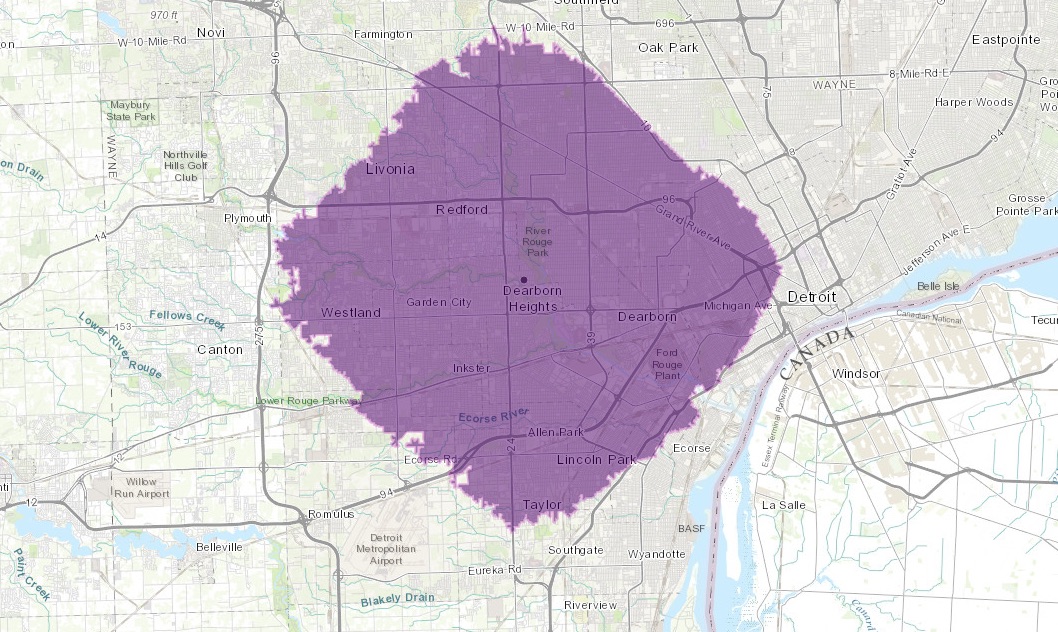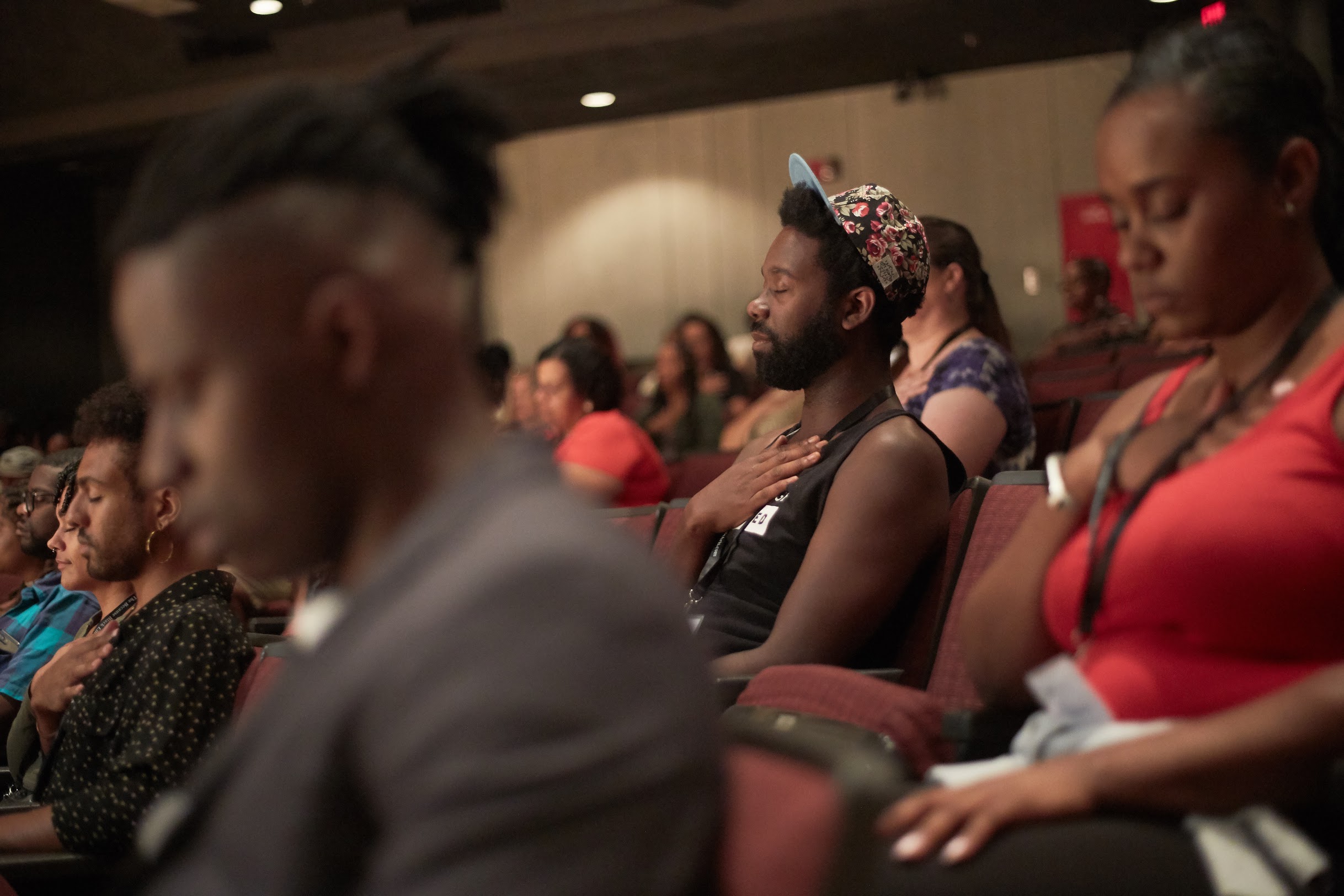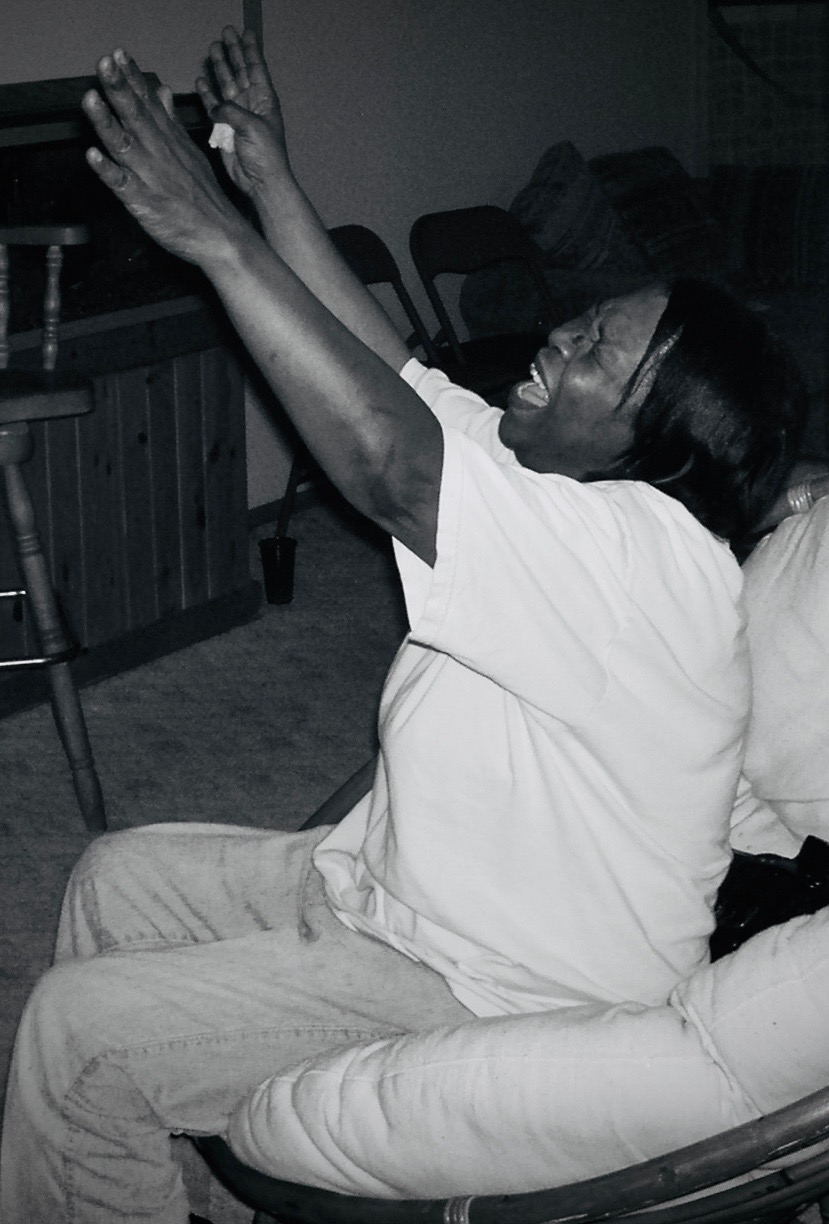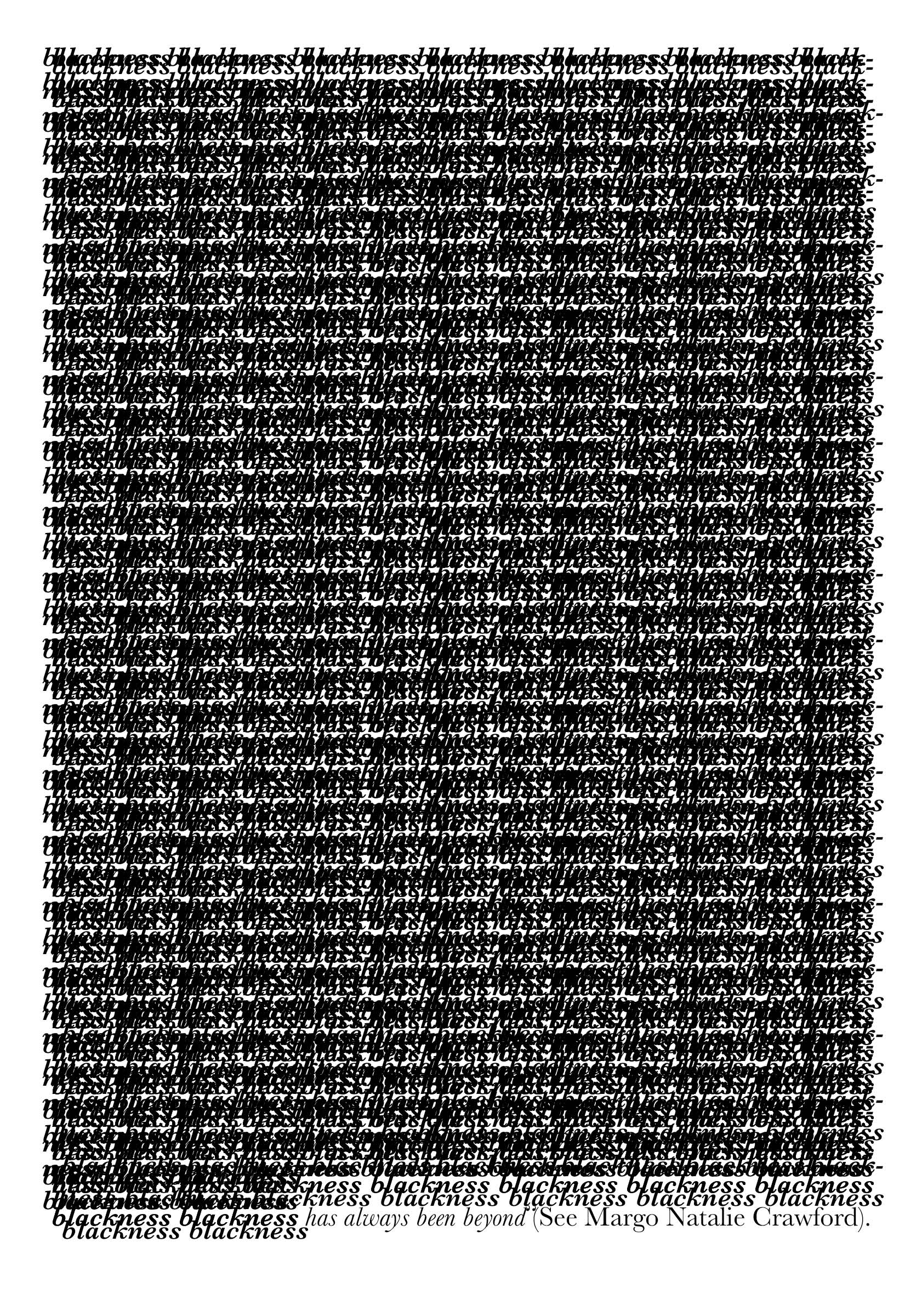
Series:
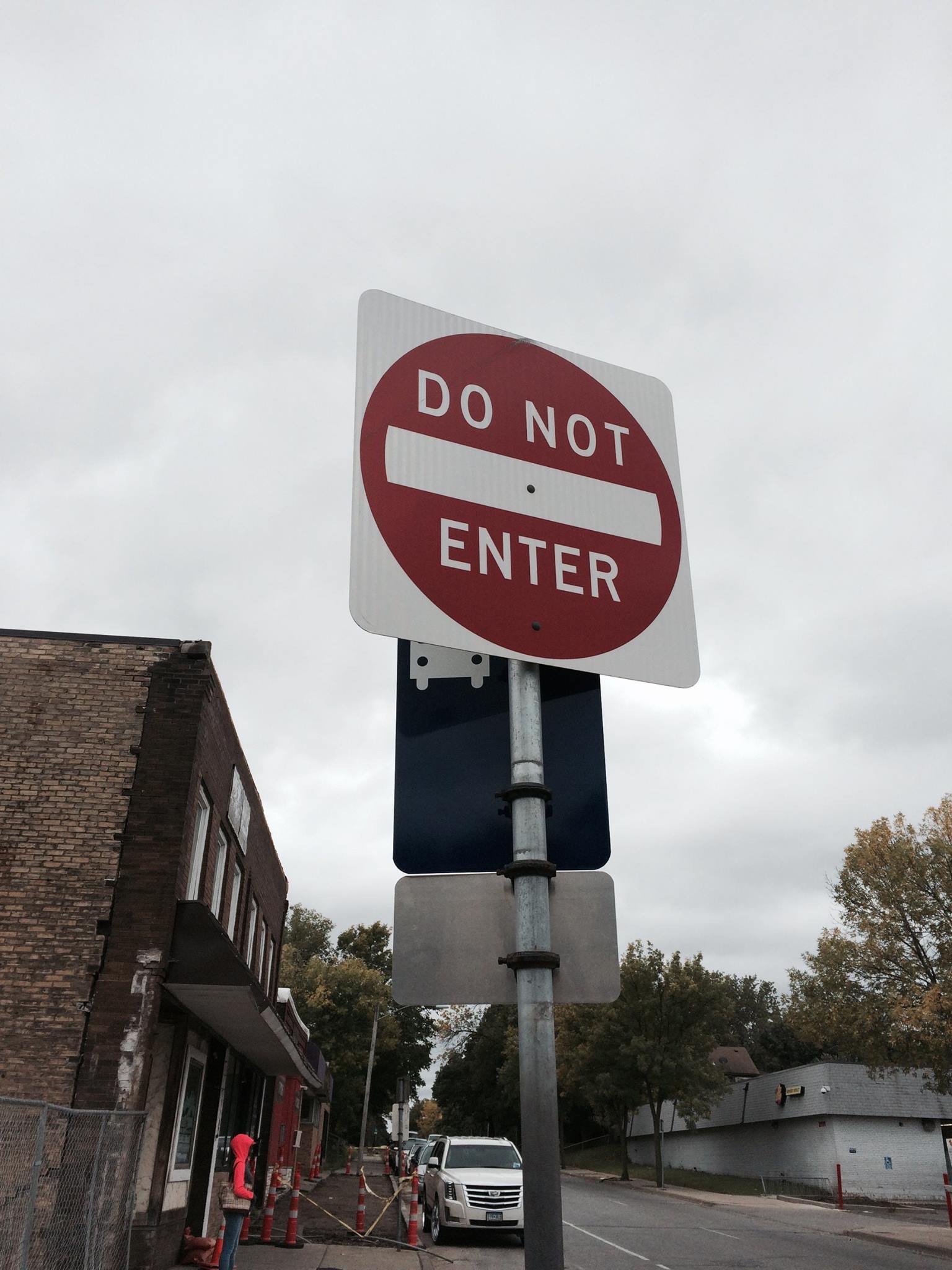 Series: Blackness and the Not-Yet-FinishedGuest Editor
Series: Blackness and the Not-Yet-FinishedGuest Editor Chaun Webster
 Series: Blackness and the Not-Yet-FinishedGuest Editor
Series: Blackness and the Not-Yet-FinishedGuest Editor Chaun Webster
 Series: Blackness and the Not-Yet-FinishedGuest Editor
Series: Blackness and the Not-Yet-FinishedGuest Editor Chaun Webster
 Series: Blackness and the Not-Yet-FinishedGuest Editor
Series: Blackness and the Not-Yet-FinishedGuest Editor Chaun Webster
 Series: Blackness and the Not-Yet-FinishedGuest Editor
Series: Blackness and the Not-Yet-FinishedGuest Editor Chaun Webster
 Series: Blackness and the Not-Yet-FinishedGuest Editor
Series: Blackness and the Not-Yet-FinishedGuest Editor Chaun Webster
 Series: Blackness and the Not-Yet-FinishedGuest Editor
Series: Blackness and the Not-Yet-FinishedGuest Editor Chaun Webster
 Series: Blackness and the Not-Yet-FinishedGuest Editor
Series: Blackness and the Not-Yet-FinishedGuest Editor Chaun Webster
 Series: Blackness and the Not-Yet-FinishedGuest Editor
Series: Blackness and the Not-Yet-FinishedGuest Editor Chaun Webster
 Series: Blackness and the Not-Yet-FinishedGuest Editor
Series: Blackness and the Not-Yet-FinishedGuest Editor Chaun Webster
Blackness and the Not-Yet-Finished is a grid for inquiry in a series of conversations on the instability of blackness, that blackness itself is on the move in ways that complicate popular discursive practices that represent it as fixed. This grid borrows from Margo Natalie Crawford’s text Black Post-Blackness where they describe the not-yet-finished in relation to “The Unfinished Poem” by Adam Webber, saying, “The idea that the poem will be finished when poetry is no longer necessary suggests that the unfinished poem is battling the dominant cultural power tied to the ‘finished’ poem. This poem sheds light on black post-blackness by emphasizing that there is a politics tied to the unfinished; the black cultural revolution will continue to have a circular, unfinished nature (black-post-black-black…) until the finished, stable nature of global white supremacy is undone.” (116) So too Blackness and the Not-Yet-Finished as theme, seeks to emphasize the destabilizing and fugitive force of blackness, its circular ongoing-ness, and asks with Fred Moten, “What will blackness be?”
Poet and graphic designer Chaun Webster draws from an interest in the work of sign in graffiti, the layering of collage, and the visuality of text. These methods are used in Webster’s work to investigate race – specifically the instability of blackness and black subjectivities, geography, memory, and the body. Correspondingly much of these investigations engage the question of absence, how to archive what is missing from the landscape particularly as a number of communities watch in real time, neighborhoods once populated with familiar presences, dissolve in the vernacular of redevelopment and its attendant colonial logic. Webster’s debut book, GeNtry!fication: or the scene of the crime, was published by Noemi Press April 2018.


